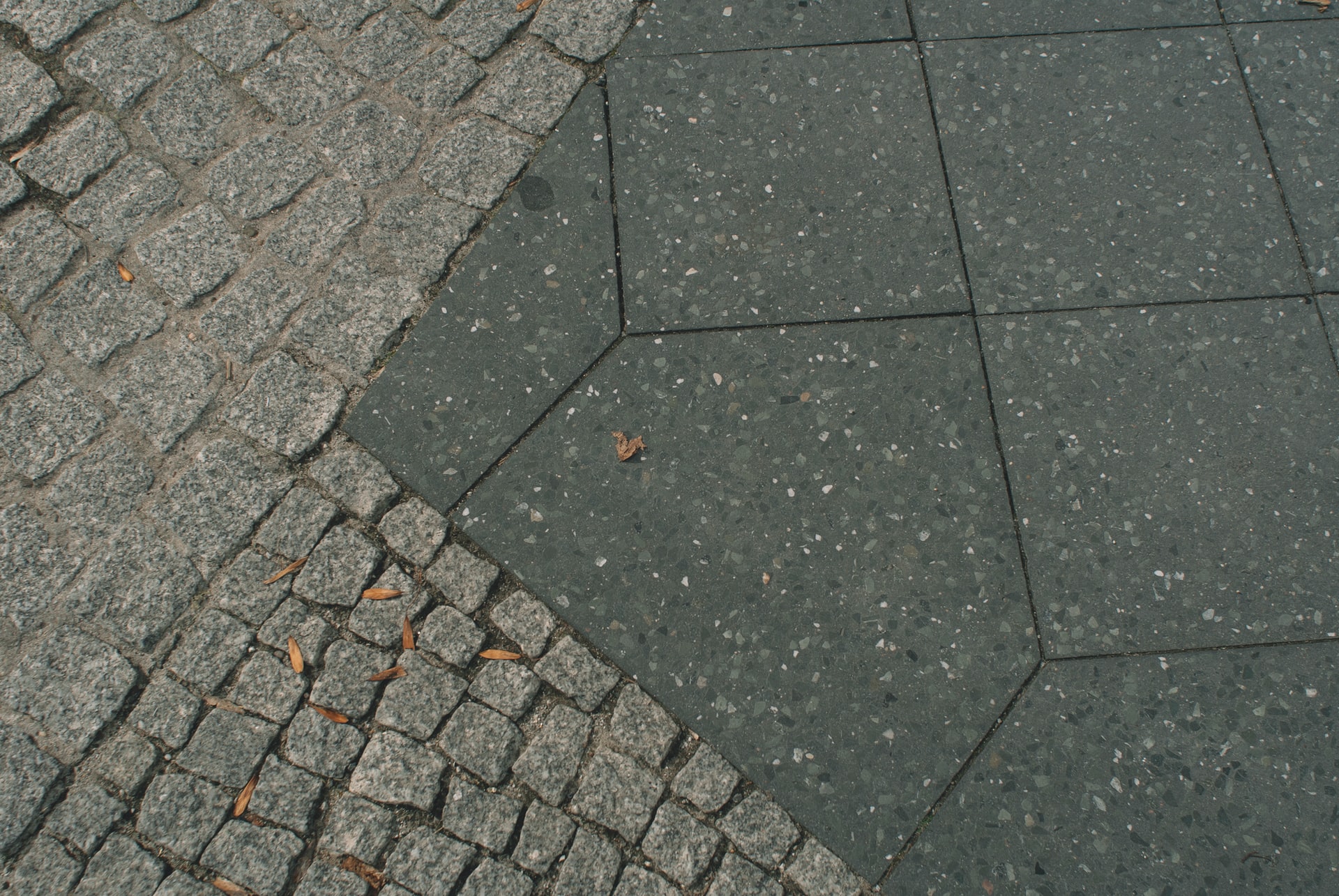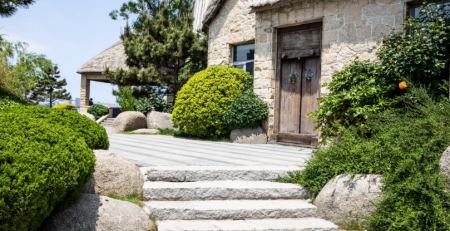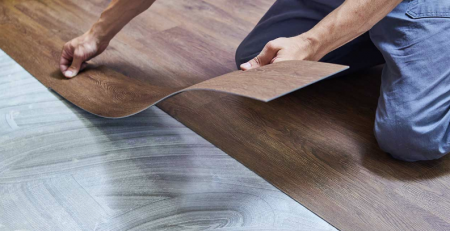Natural stone flooring installation
Natural stone floors
Natural stone floors are the ideal product to achieve a touch of quality and elegance in your spaces. In the same way, these characteristics are increasingly linked to innovation and current affairs; because multiple architects, designers or companies are putting into value these properties of the stone.
This is a durable and very resistant material that has different styles with which to compose the most attractive and interesting designs in each case. Likewise, the possibility of finding different finishes in natural stone floors allows us to select the most appropriate material for each case or to differentiate between interior and exterior according to the style we prefer.
Design stone floor installation
To allow for a stress-free installation of design stone, consider these important points. Philadelphia Flooring Solutions Natural Stone flooring is faster, easier, and cleaner to install than traditional tile. Learn what to expect before, during, and after installation, including how to determine if you should hire a professional, or see how to install a tile with caulk.
Before buying
Know your installation options.
While the steps are similar to those required for traditional ceramic tile, the installation of design stone is much faster, easier, and cleaner.
Depending on the final look you prefer, Natual stone flooring can be installed with or without caulk.
Consider potential installation challenges.
Natural Stone is a suitable flooring for any room in the home and can even be installed over minor subfloor irregularities.
However, if you create a parapet, accent wall, or other focus points off the floor, there are certain restrictions. We do not recommend installing tile on shower walls, around wood-burning fireplaces, or for any wall application that will expose you to continuous saturation or temperatures above 300 ° F.
Installation
Therefore, it is important to know what is required to install this beautiful material:
Calculate the meters
Multiply the length by the height of the wall to be covered and you will get the square meters you need.
Prepare the room.
Clear the furniture. Remove and discard the old flooring if necessary. Gently remove the wall base, trim, or trim that you want to reuse.
Prepare the subfloor.
Make sure the flooring you will be laying is dry, clean, and flat. If repairs are required, perform them before beginning installation.
Collect additional materials and tools.
Your list might include combination caulk, a base leveler, adhesive, spacers, a razor, putty knife, 100 lb roll, and other tools.
Prepare the floor climate
Natural stone tiles typically do not require acclimatization. But remember that sometimes is necessary, because there are certain circumstances, such as extreme temperatures, where a short period of acclimatization is required. This step allows the natural stone floor time to adjust the environment to the room where it will be installed.
During the installation
Follow each step of the instructions provided. They describe important details that may not be obvious except to a seasoned professional, including subfloor requirements, how to plan the room layout and establish a starting point, and the proper caulking process.
After installation
Once your new natural stone floors have been installed and the optional caulk has been applied and dried, the installer must clear tools and materials from the area and follow the instructions to remove caulk and clean the tile with the recommended designer stone cleaner.
Advantages of Natural Stone Flooring and Pavements
- Long-lasting
- Resistant.
- Natural beauty.
- There are multiple options and formats, with which to adapt to any decorative style. We can find them in rustic, modern, elegant environments.
- They integrate easily and naturally with the environment or environment at the landscape level.
- Easy to clean
- They do not need major maintenance tasks.
- Suitable for outdoor use. They resist cold, rain, temperature changes …
- It is a fire retardant. That is, it does not burn.
Disadvantages of Natural Stone Floors
- Cold Natural stone floors are cold in direct contact with the skin, which will cause some discomfort among some people who like to walk barefoot at home, especially in winter.
- They can be stained. We are not normally dealing with waterproof materials, but rather porous. The types of stone that can present the most problems in this regard are marble and limestone. Not only can they stain when an acid product falls on them, but outdoors oxidation can also wreak real havoc.
- Hard tread.
- High Weight. Natural stone is heavy, which can overload a structure and affect its stability, especially in multi-story buildings.
- Repairs are very complex or impossible. In case of breakage of parts, they will have to be replaced.











